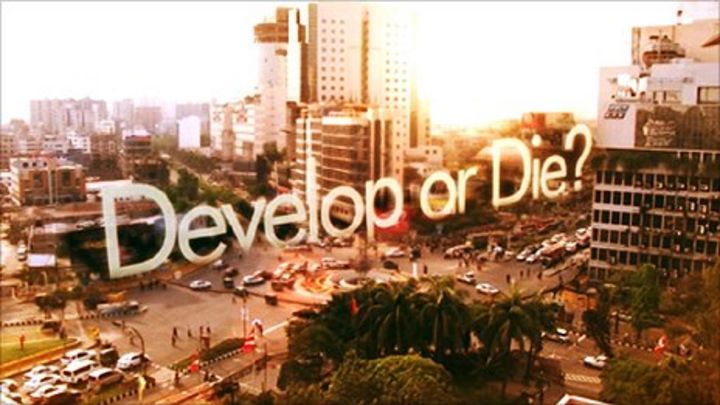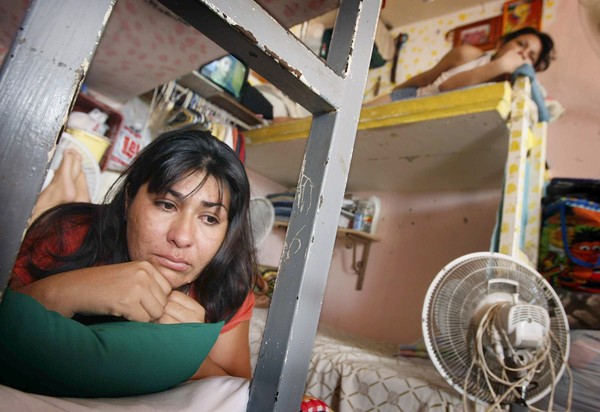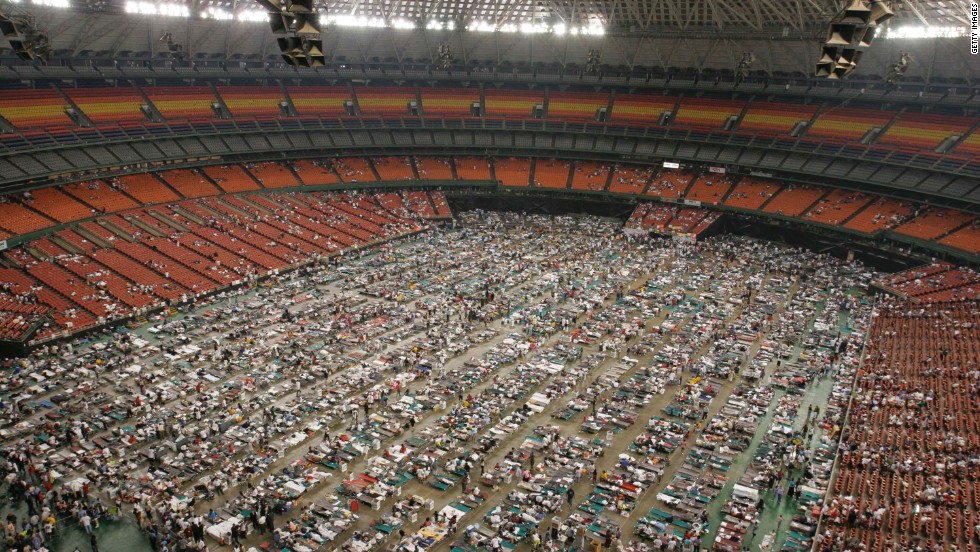
Have you watched any mainstream news—CNN especially—in the past few days? Turn on the tv and you will see insanely histrionic coverage of the U.S.-Mexico border and the “drug war”: “narco killers”; “worst free trade imaginable”; “narco terrorists using guns most likely bought in the U.S.” And guess what they are NOT talking about: women (except for the the narco girl friends who buy guns for their boyfriends south of the border)!
Women are trapped in the border zone. Although the U.S. and Mexican governments continue to militarize the U.S.-México border, it turns out the border zone is an elusive, flexible, dangerous space for people who migrate north and south, especially women and girls. In fact, the most precarious, dangerous aspects of the border zone can be found in your neighborhood.
It is common knowledge that the militarization of the México-U.S. border intensifies through policies such as the Merida Initiative (aka Plan Mexico), despite continuing human rights abuses across México. What is often difficult to pinpoint is the way in which national security programs to combat drugs and illegal migration trap women in homes—if not your home, then your neighbors’ home. On one hand, U.S. Secretary of State Hillary Clinton publicly acknowledged during her recent trip to México that “Our insatiable demand for illegal drugs fuels the drug trade”—an obvious and important acknowledgment that the U.S. is responsible for the war next door. On the other hand, recent reporting suggests that critical discussions about the border zone require thinking about transnational households that depend on women’s unceasing yet invisible labor.
The New York Times recently reported, “Like many people in Juárez, Mayor Reyes has homes on both sides of the border, splitting his time between El Paso and Juárez.” Interestingly, the article’s rendering of an increasingly violent border landscape considers the lived experiences of a drug-saturated, hyper-militarized border life by drawing attention to the intimate space of the home, albeit that of a middle- to upper-class household. While Mayor Reyes and his family supposedly enjoy the luxury of crossing the border on a daily basis without violent repercussions, other families living in the border zone aren’t so lucky.
In contrast, the Gamboas, American citizens who own property in both the U.S. and México, continue to experience violence and insecurity of the border. According to the San Antonio Express, a house in Nuevo Laredo, Mexico, was violently raided by hit men reportedly employed by Mexican narco-traffickers. Later, Alan Gamboa, the owner of the house who lives in Laredo, Texas, experienced more narco-related violence when the same paramilitary unit “torched his nearby communications and home-security shop and kidnapped his brother.” The article highlights the fear felt by the brothers’ wives and families who live on the purportedly safe side of the border—the U.S. side, of course. Reporters visited Veronica Gamboa, Alan’s sister-in-law, at her Laredo home where she sat in the dining room next to “photos of the couple’s two young daughters, 11 and 8, who practically worship their father — and vice versa.” The case of the Gamboas demonstrates that border zone militarization intensifies insecurity on both sides of the border, threatening the stability of the lives of undocumented migrants and middle-class U.S. families alike.
In another example of a transnational household, the Times-Picayune (New Orleans) reported that a U.S. Immigration and Customs Enforcement agent in Texas and his mother harbored a Mexican woman and her children in their Metarie home in exchange for house cleaning services. In contrast to the Gamboas, the case of the Mireles family suggests that the maintenance of the legitimate U.S. household requires the exclusion of undesirable bodies of migrant women.
In all three instances, the proper household, imagined as an intimate space of protection for the heterosexual family, is threatened by the precariousness of the blurry, fluctuating border zone. While men play active roles in negotiating the movement through the border zone, women—as wives and workers firmly ensconced in the household—remain vulnerable to the forces of the national-security apparatuses of both México and the United States. From the hundreds of women violently killed in border towns to dutiful American housewives and domestic workers, women on both sides of the border, real and imagined, are trapped in transnational households.
(Photo Credit: New York Times / Eduardo Verdugo / AP)


